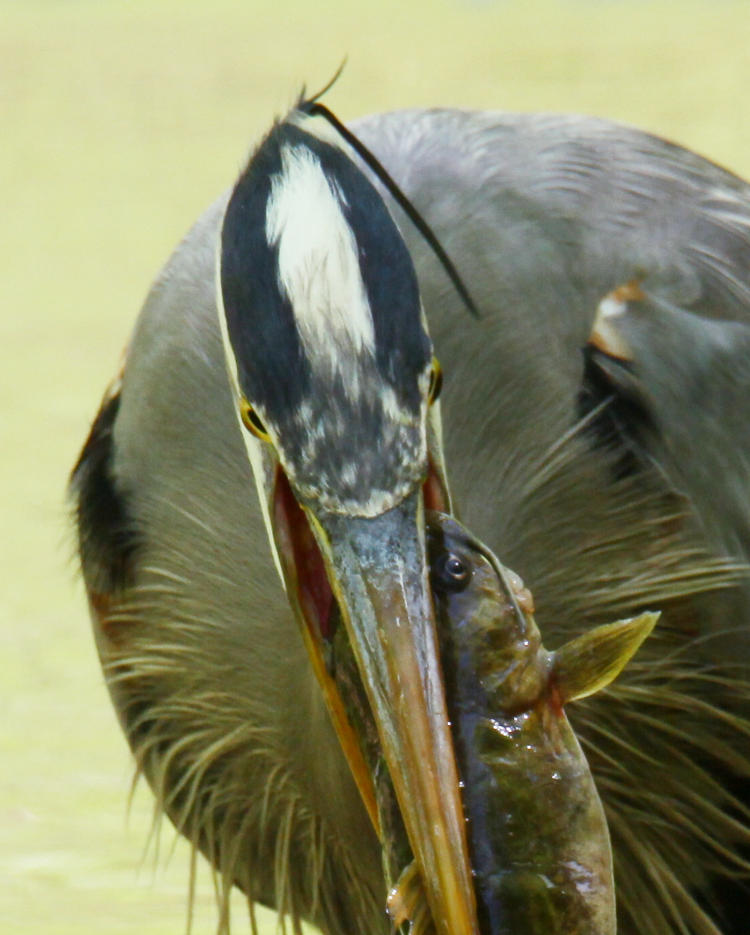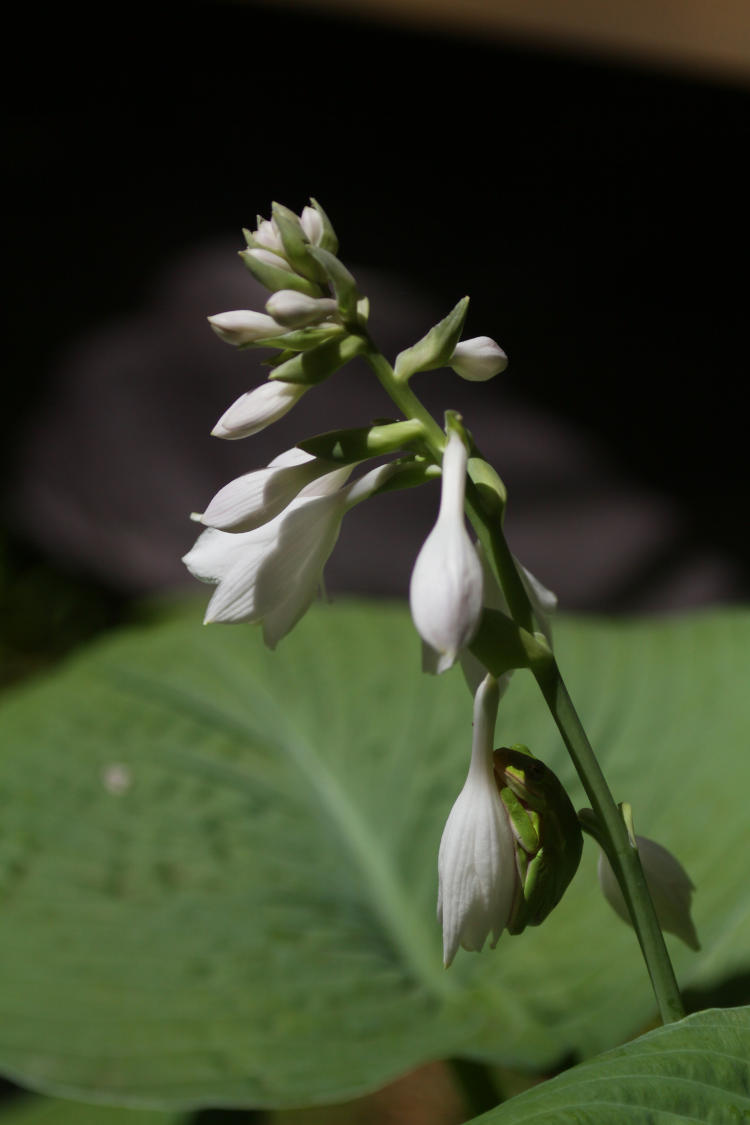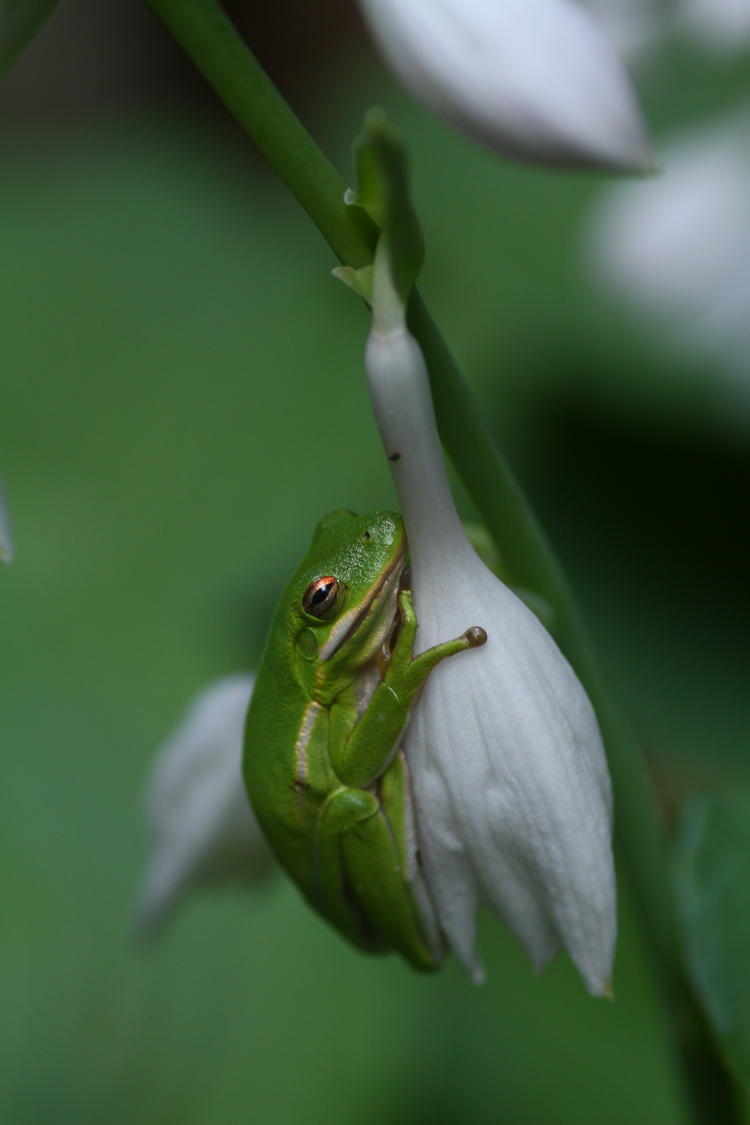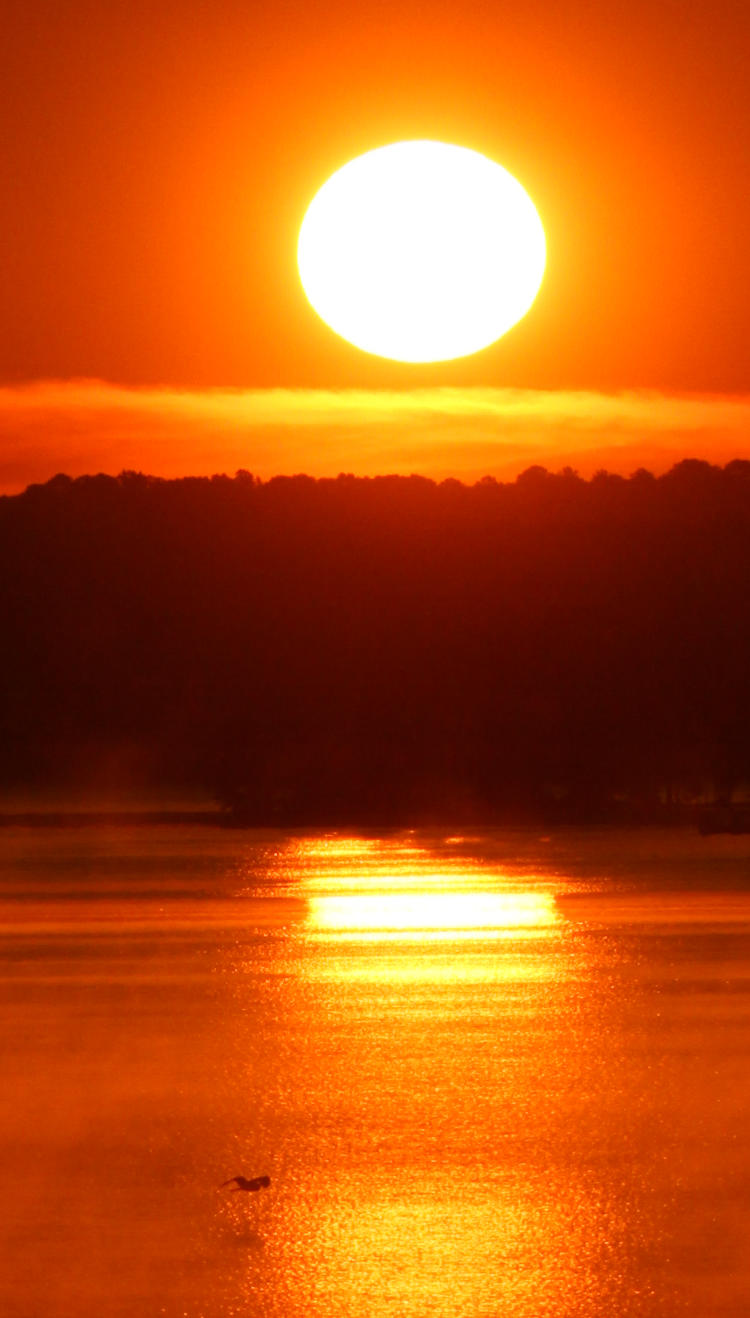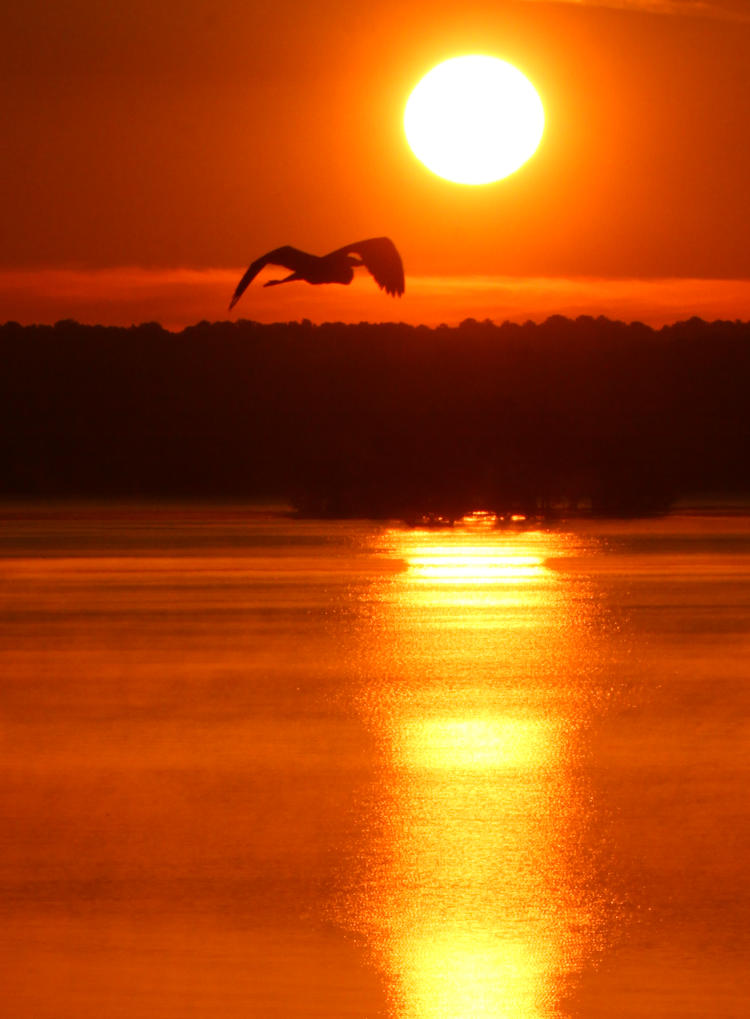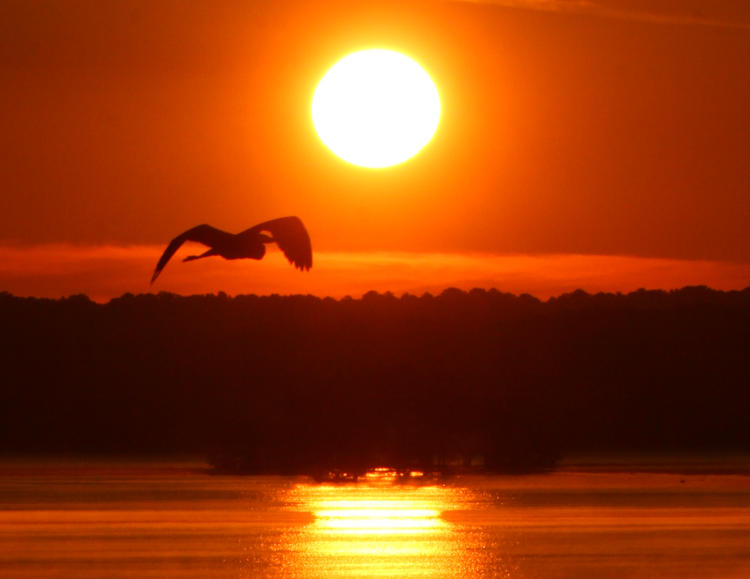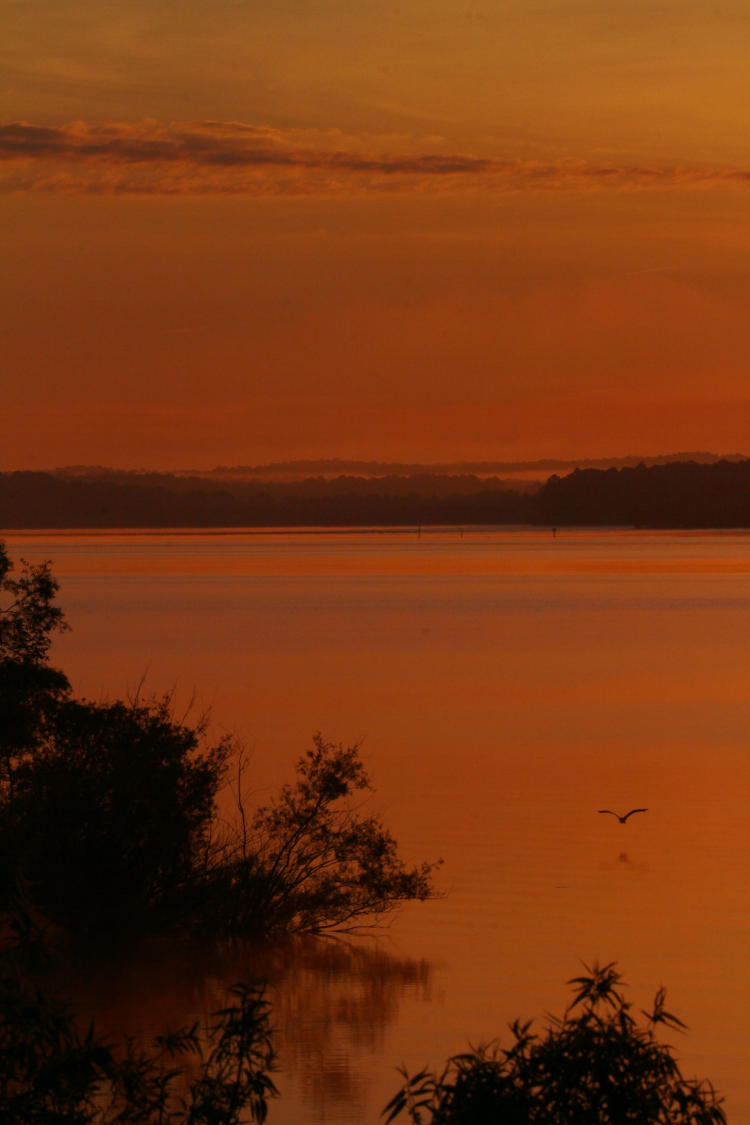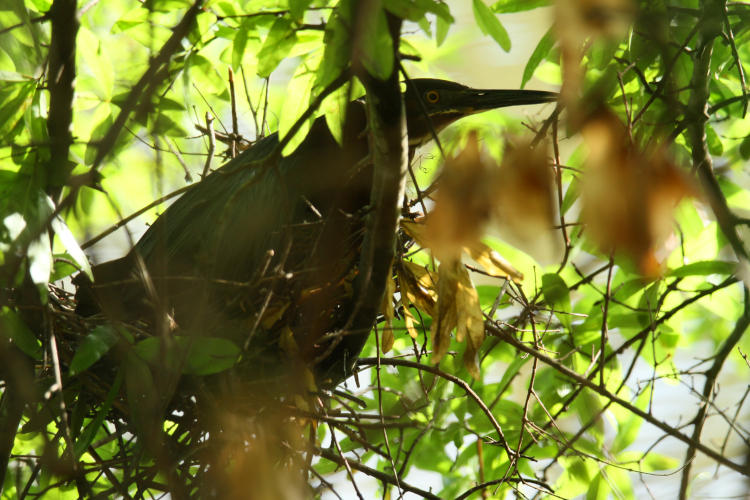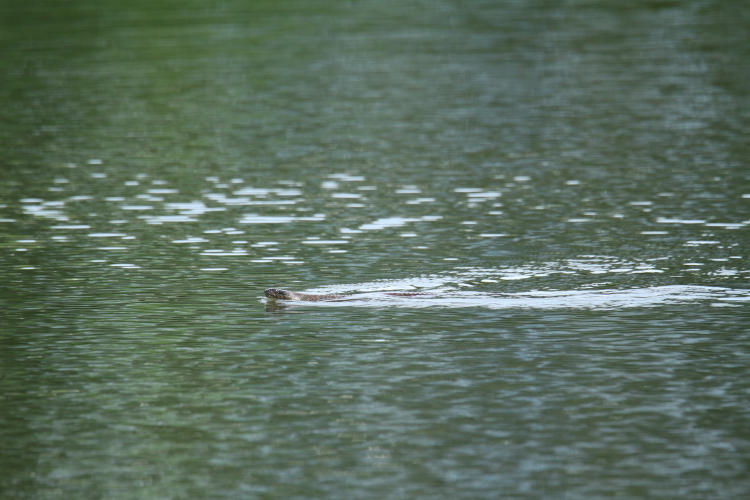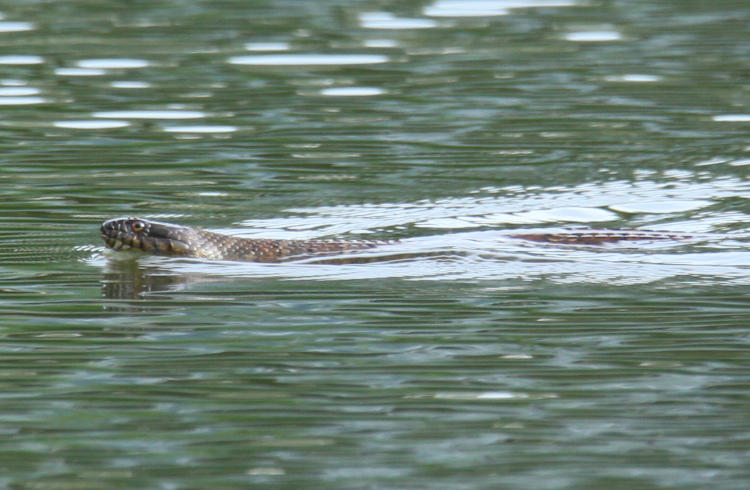This has been a while in the making, but right now I’m pleased with the results.
Back in February I talked about pursuing a North American beaver (Castor canadensis) in the neighborhood pond, with a couple of “proof” shots taken at night. Naturally, this is limiting, mostly by the flash power, but simply knowing where the beaver might be in the darkness of the pond at night (much less nailing focus) presented some difficulties, and I hadn’t been back for another dedicated session. Then my friend who lives in a house on the pond sent me some stills and video that she’d taken just before sunset, meaning the beaver(s) were now venturing out at the tail end of daylight, which removed a lot of obstacles. So I began making excursions over there when I could.
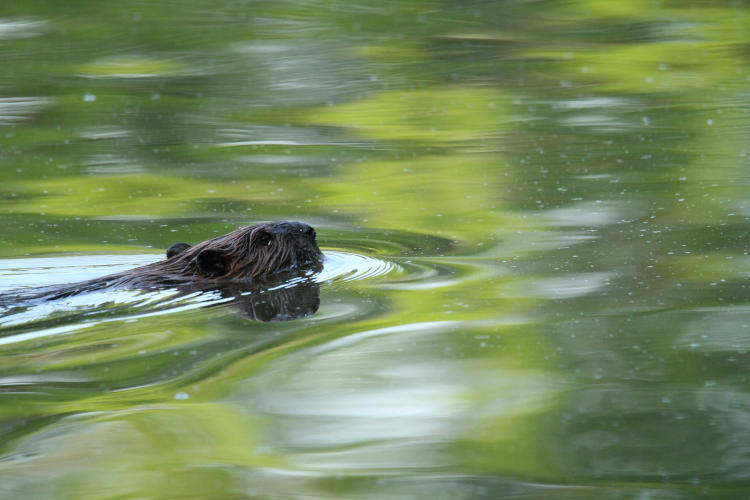
What I got, early on, were just more “proof” photos, slightly more illustrative than the night shots, but not a lot. Seeing how close the beaver would cruise by was encouraging, however.
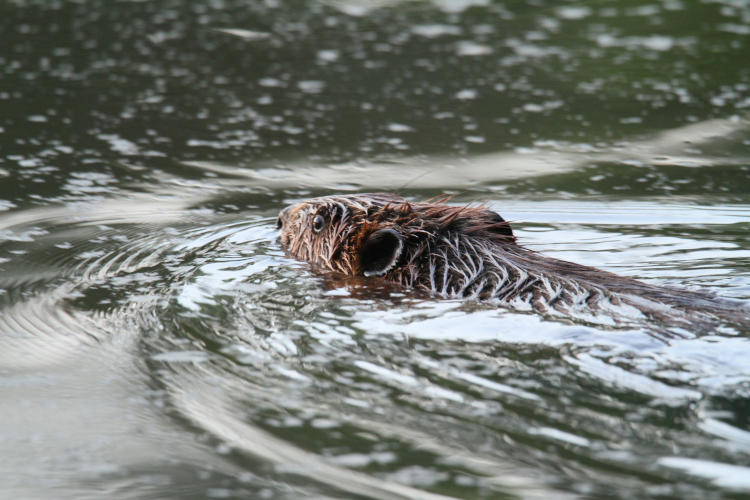
It always gets me to see their coat, because it doesn’t seem like that of an aquatic mammal – they just look like wet dogs, and not like seals as we might expect.
What I wanted, however, was behavior, preferably eating or working on felling a tree. I was skeptical, thinking that for at least the latter, the beavers would only do this when they didn’t feel threatened, e.g., late at night under cover of total darkness. But then one session, as The Girlfriend and I watched, the beaver dredged up a stick from under the surface and lolled around snacking on it.

Beavers are primarily nocturnal, so seeing something during the day wasn’t likely (this clip notwithstanding,) but here at least it/they seem to get active at dusk, so there’s a window of an hour or two where there’s enough daylight to get some decent shots without the shutter speed decaying too far.
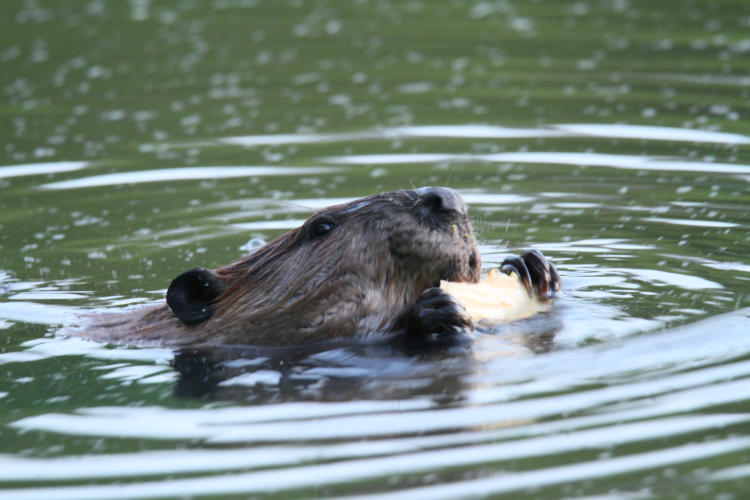
I’ve been giving some ambiguity to the number because in February, both of us witnessed at least two beavers, but every time since, there’s only been one visible. This might mean that there really is only one, or that the female is remaining in the lodge because of motherhood duties, or that they trade off appearances – can’t say for sure. The lodge is on an island, so no close looks at that are possible without a bit of messing about that I’m not inclined to do.
Because of the distances, I’ve been using the Tamron 150-600 lens, including with video, which is not recommended – it’s just too difficult to keep stable, but you’ll get to see the results anyway. I then tried it with the routine tripod and ballhead – also not ideal, but fine with unmoving subjects.
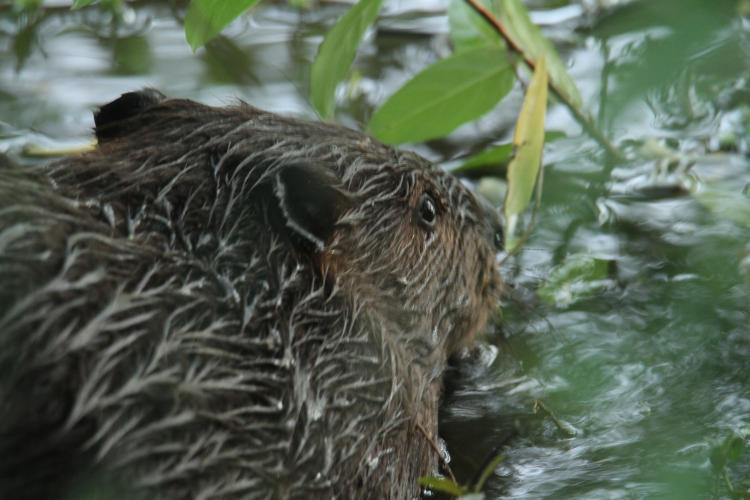
The two images above and below, by the way, were among those that I took as The Girlfriend shot one of the video clips that you’ll see shortly. So yes, I got a few keepers from that, despite the foliage getting in the way. The shot below is full-frame.
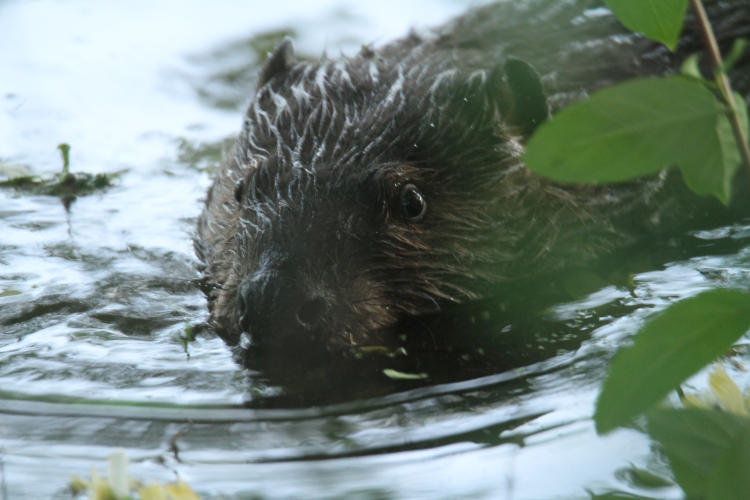
I had several video clips now and was looking to put them all together, but realized that I needed just a little more, preferably something quite stable, so I dug out the old video tripod and traipsed back over to the pond for another session (these were all spread out over a couple of weeks, and not in one evening.) Bothered by the audio quality, I also took along the video mic, given that previously I’d only been after still photos and hadn’t thought to bring it along (you really need to see what I do pack, routinely – I need a Sherpa.) And despite the shortcomings of the less-than-professional video tripod, I finally got something sweet.
Some notes about the equipment: I was primarily using the Canon 7D with the Tamron 150-600, which is ‘okay’ for video work, with several shortcomings. The first is, there is no real-time focusing while video is being recorded, so if the subject happens to be changing distances, this requires manually focusing. The lens is stabilized, but that’s made for still photos, and using it during video may just as well induce more jerkiness as the stabilizer corrects then re-orients, and it should be shut off. The on-camera microphone is crapola, omnidirectional and too sensitive, not to mention picking up sound through the camera body, so an external mic is crucial. I have two, both supposedly unidirectional to some degree, but not to the degree that wildlife demands – that’s a much bigger expense, and will come someday.

I mention the “furry” windscreen in the video, also called a “dead cat,” and this is a literally furry cover (synthetic) that disperses the wind so it doesn’t beat audibly on condenser mics – absolutely necessary (as these sessions demonstrated) for outdoor work. My longer mic has one, but that has proven no more sensitive than the much smaller mic, while being pretty awkward, so I skipped it for these sessions – my mistake.
The 7D also requires using the LCD on the back as the video viewfinder, and this is a horrendous idea. I have an external monitor, which works much better, but, it needs to be affixed to something and is another thing to lug along. Hopefully, you’re starting to get the idea that just having video capability in a DSLR body isn’t this magical solution.
I/we were also using a Canon HFS100 camcorder, which was easier to hold steady, but much shorter reach than the 150-600 of course, and no accessory shoe to mount an external mic to, though it does at least have a jack for one.
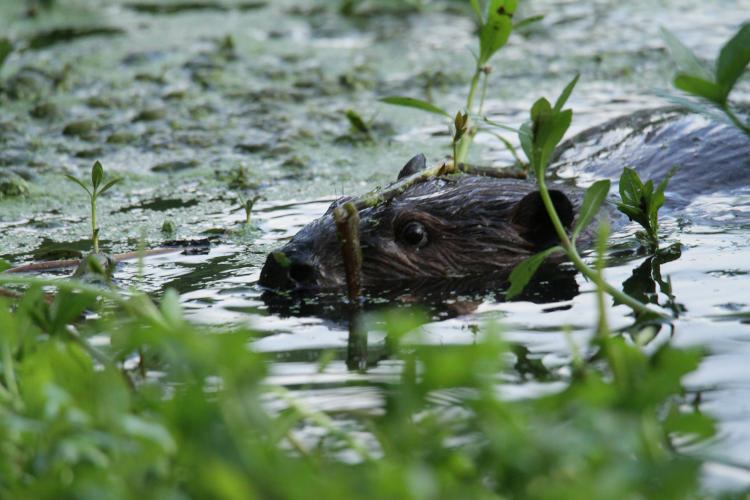
The video tripod, with something called a fluid head, is some no-name brand The Girlfriend snagged in the divorce, and not the best quality – I already knew about its stickiness and tried to correct it, and this was the first real test. It failed, but it’s what I have for now.
I’m slowly making this all work, but it’s been complicated and I’m still refining ideas and technique. Then again, at least the subjects can cooperate at times, and I’m not complaining about that.
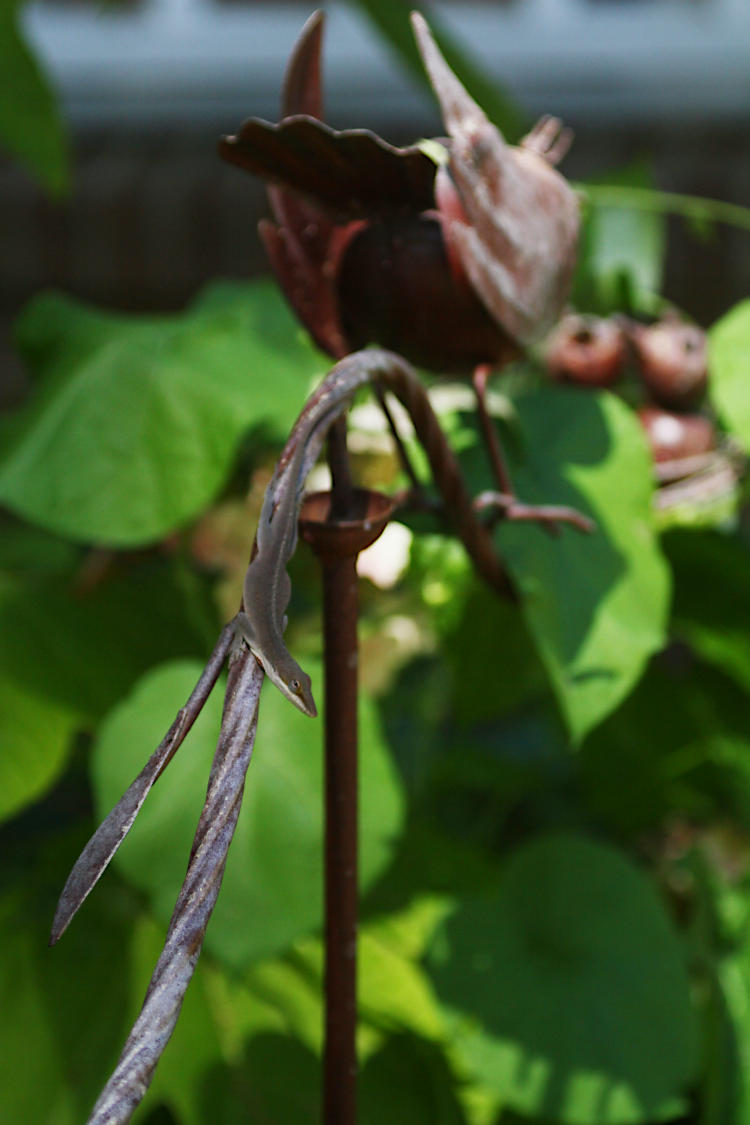
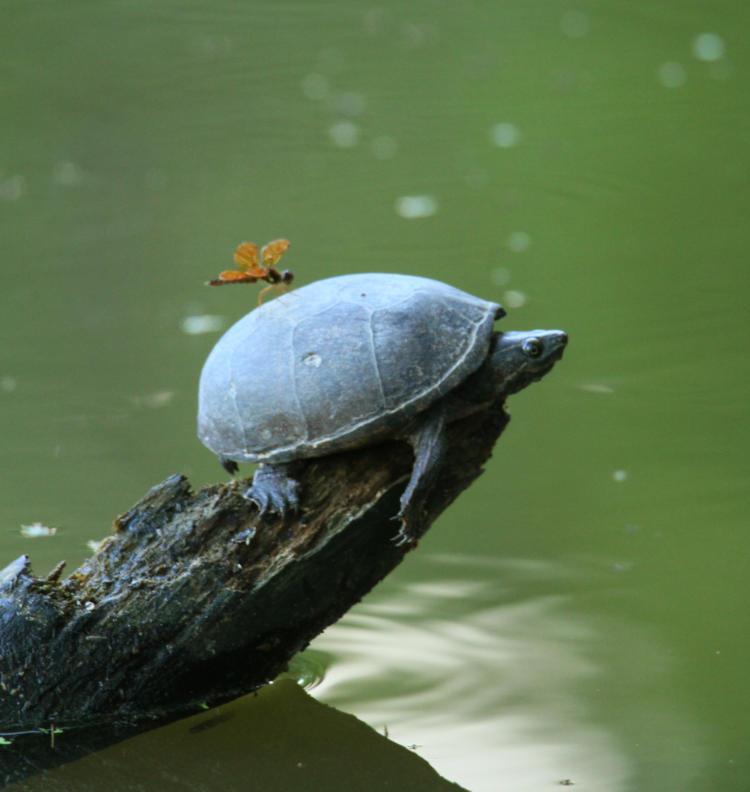
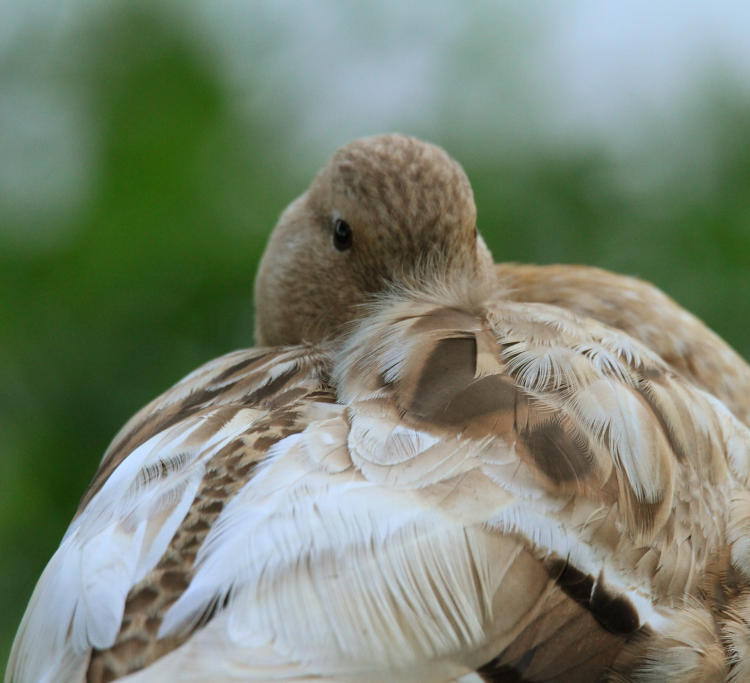
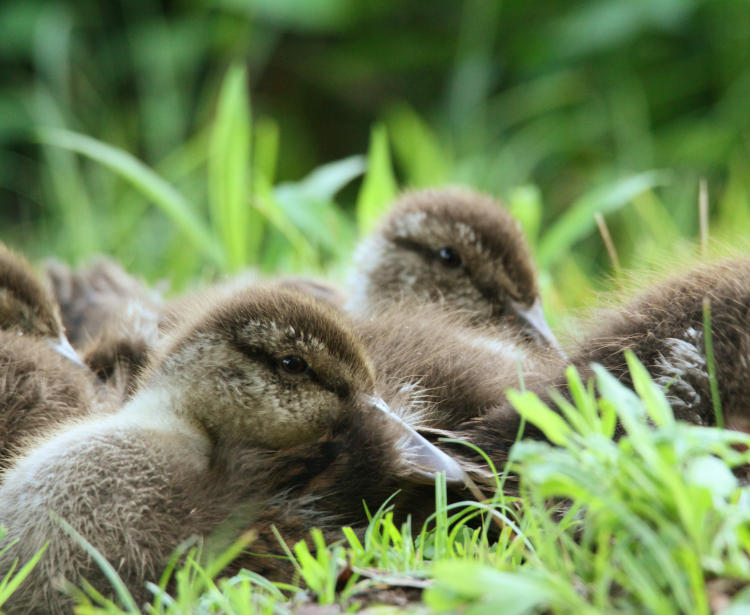




















































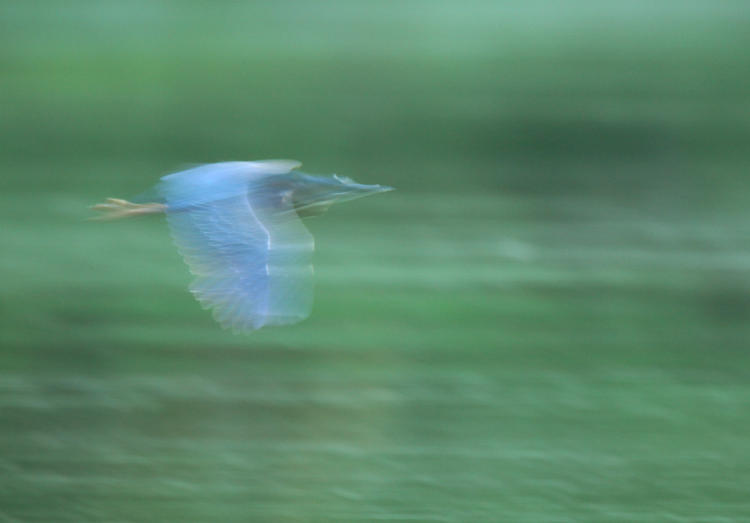
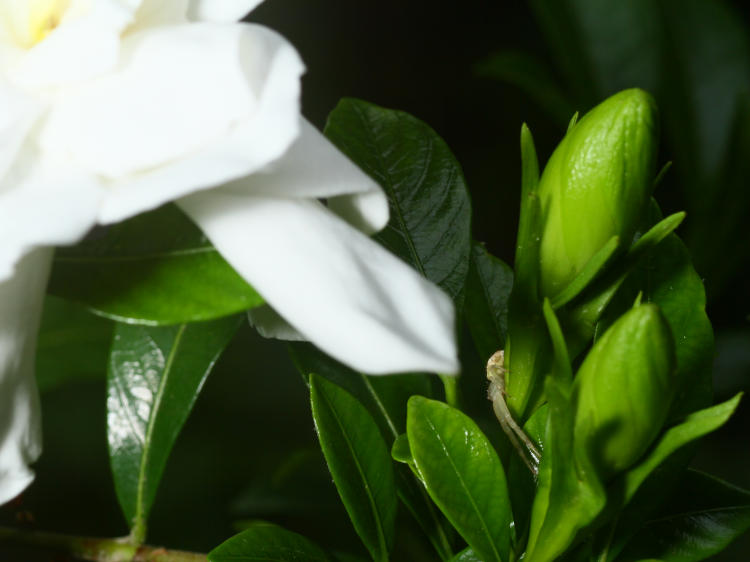
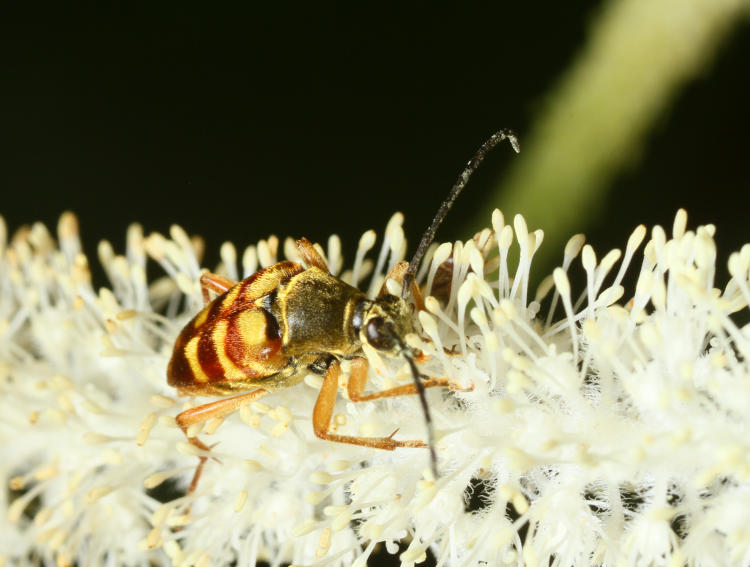
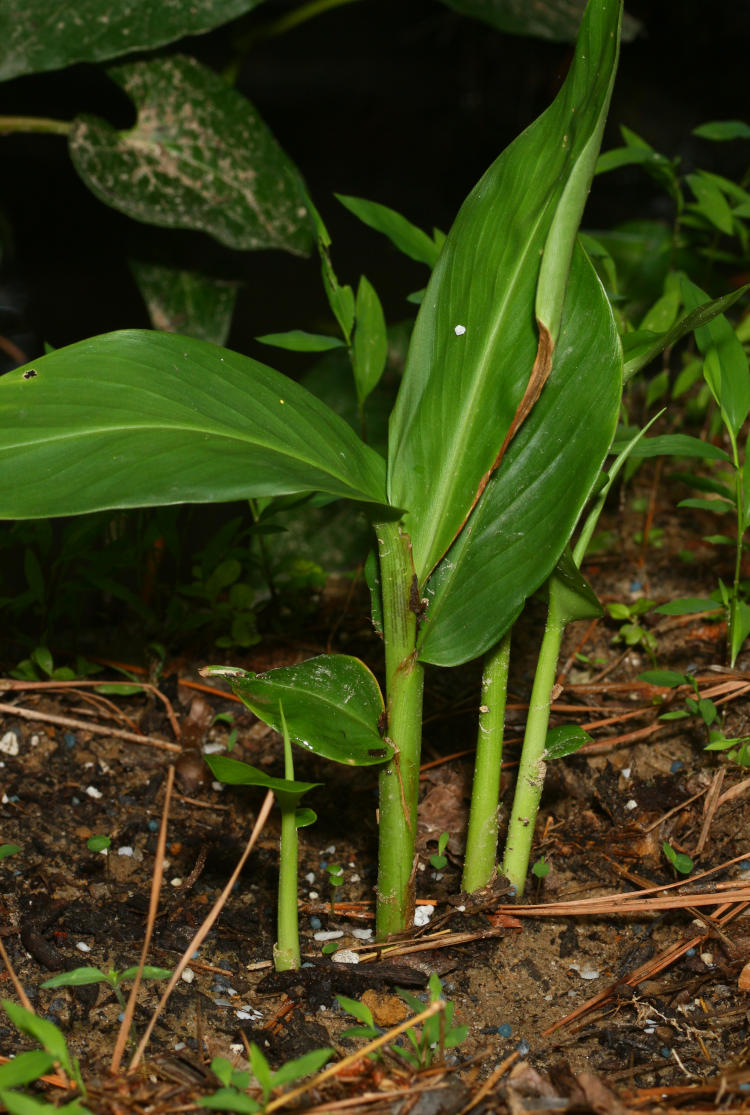
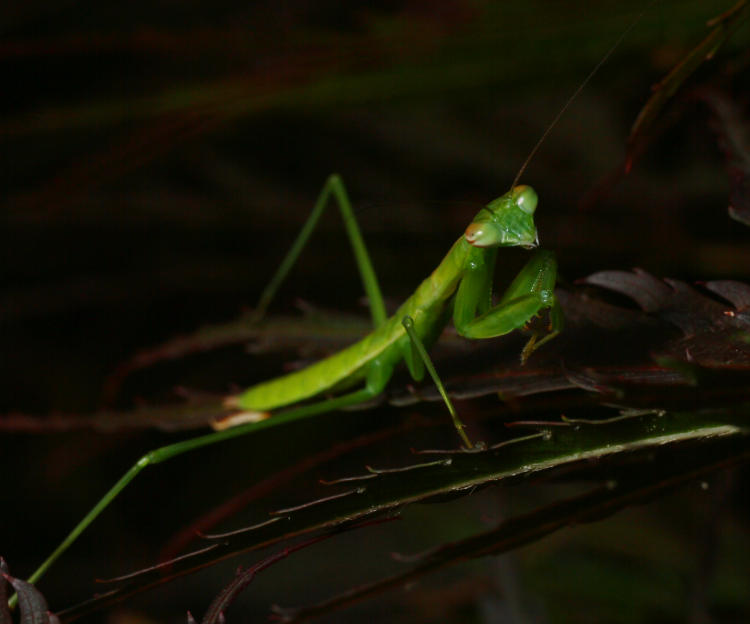
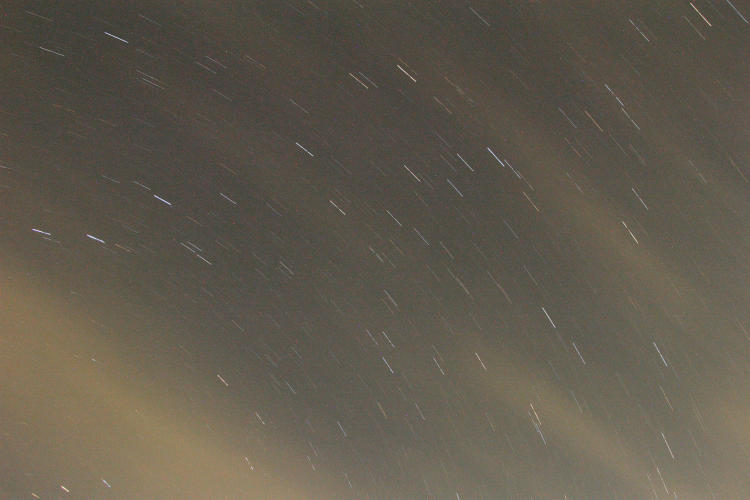



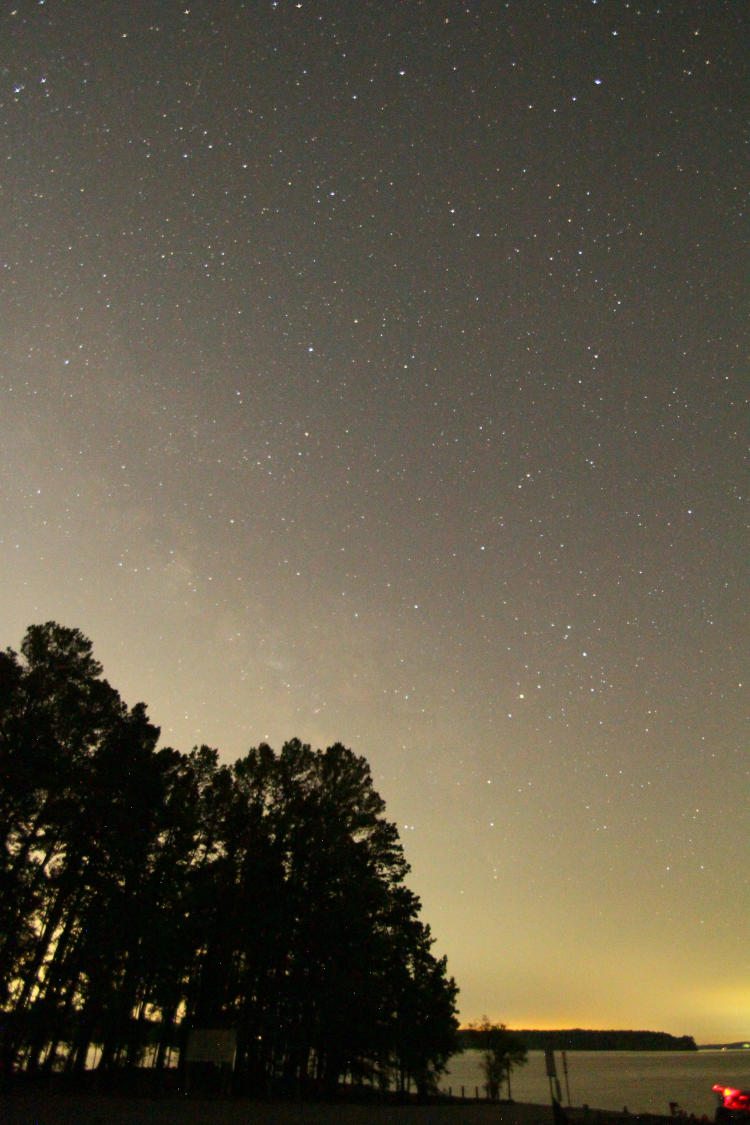



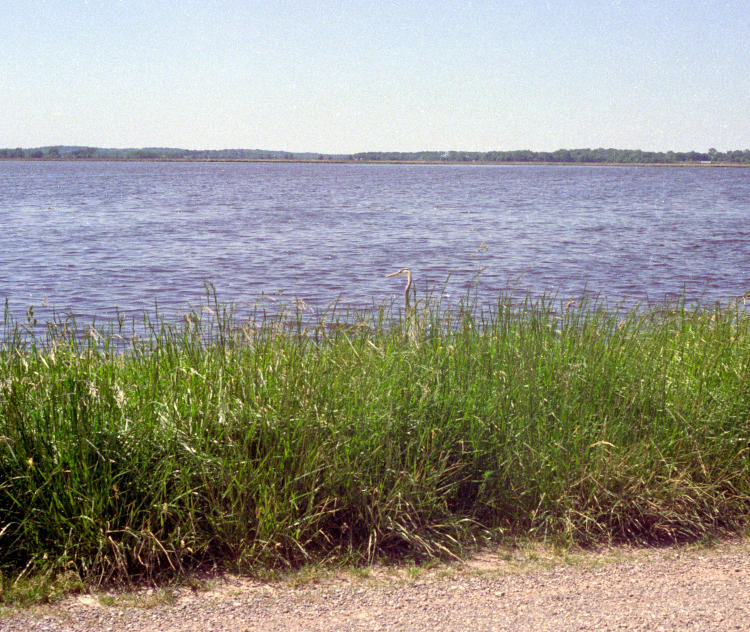
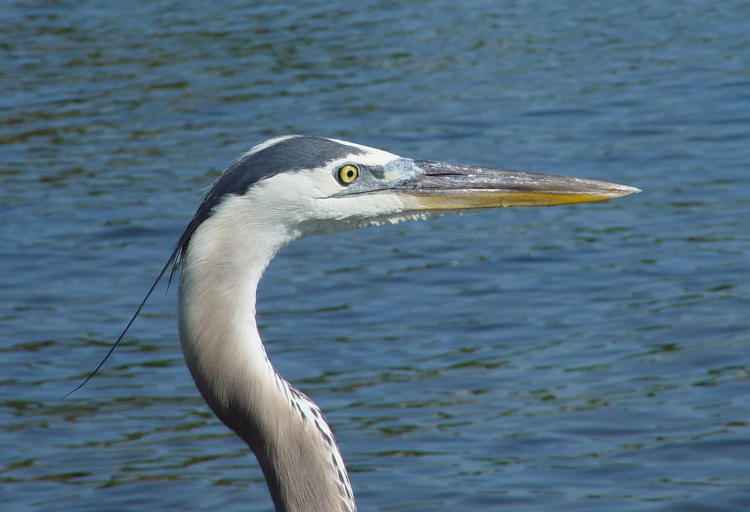
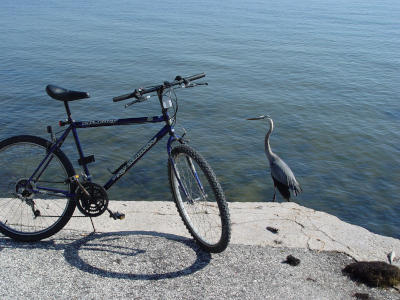 Herons can be found all over the US, but Florida is the only place I’ve found them so habituated to people that they allow ridiculously close approaches. Both images here were taken with the borrowed Sony F717, with a maximum focal length equivalent of 190mm – which doesn’t mean a lot anymore, but about 4x the Wittnauer’s lens. That would have been nowhere near enough to make this much difference, so the primary improvement came from the bird itself, and I included a wider-angle shot showing my bike – the heron really was close. A lot of fisherfolk in Florida use live bait, which herons have learned they can steal, so they’re often in close proximity if the pickings look good. On another day, in the same location, I snagged
Herons can be found all over the US, but Florida is the only place I’ve found them so habituated to people that they allow ridiculously close approaches. Both images here were taken with the borrowed Sony F717, with a maximum focal length equivalent of 190mm – which doesn’t mean a lot anymore, but about 4x the Wittnauer’s lens. That would have been nowhere near enough to make this much difference, so the primary improvement came from the bird itself, and I included a wider-angle shot showing my bike – the heron really was close. A lot of fisherfolk in Florida use live bait, which herons have learned they can steal, so they’re often in close proximity if the pickings look good. On another day, in the same location, I snagged 
